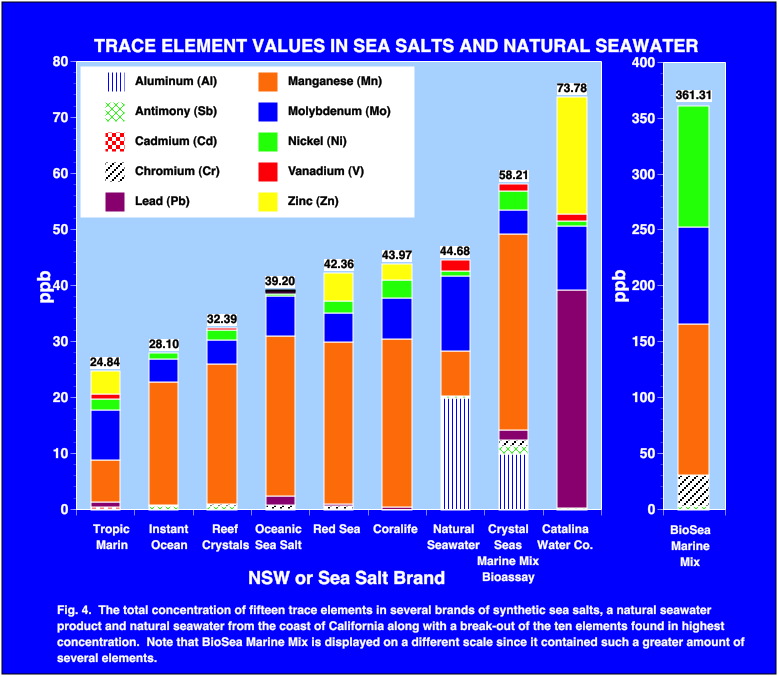Randy Holmes-Farley
Reef Chemist
View Badges
Staff member
Super Moderator
Excellence Award
Expert Contributor
Article Contributor
R2R Research
My Tank Thread
- Joined
- Sep 5, 2014
- Messages
- 67,150
- Reaction score
- 63,501
BRS stated that it was more than just nitrate but the bottle just states "proprietary nitrogen salts", to me that seemed to suggest that there was more than potassium nitrate or sodium nitrate. Maybe I'm mistaken or missed a piece of the puzzle, but that on the bottle in conjunction with how BRS explained it made me think this was claiming to be more.
My interpretation of that has been sodium or potassium or calcium nitrate (maybe other nitrate salts), not different nitrogen forms, but I cannot say if it is true or not. Brightwell has a tendency to make confusing and incorrect claims, so I wouldn't put much emphasis on it.
I know Seachem claims to also use urea in Flourish Nitrogen, but urea isn't a "nitrogen salt" of any type.



















